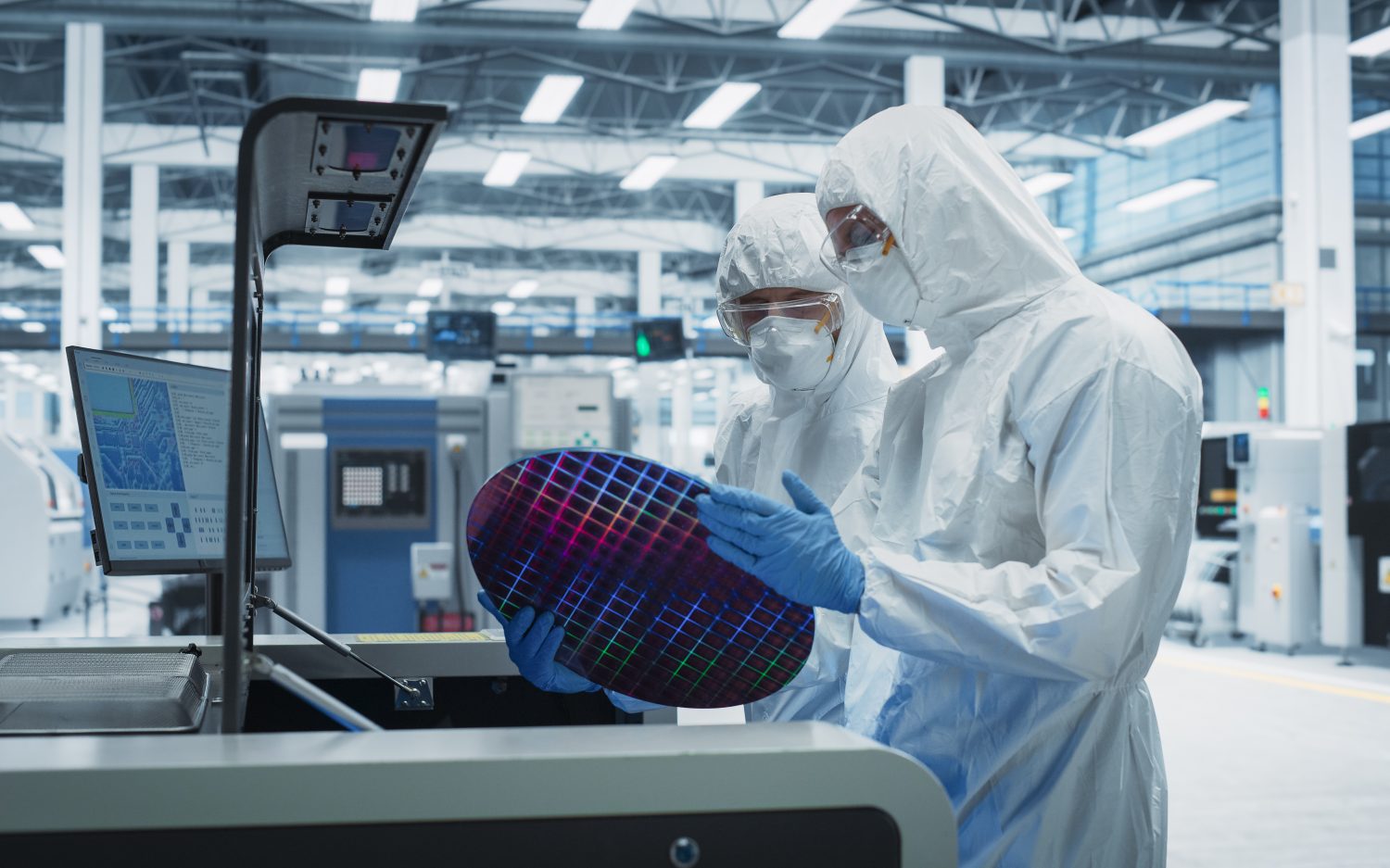Are mammograms really useless?
Mammography experts are questioning a recent Canadian study that says annual mammogram screenings are no better than routine physical examination in preventing deaths from breast cancer. The report, which was published last week in British Medical Journal (BMJ), is a 25-year follow-up to a group of women initially studied from 1980 to 1985.
Many of the initial press reports offered the study as accepted fact without critical evaluation. The New York Times called it “one of the largest and most meticulous studies of mammography ever done.” An opinion writer for the Times used it to justify her decision to not have mammograms. Time magazine’s article this week offered no expert rebuttal.
Yet mammography experts from across the world have challenged the validity of the study’s methodology and findings. In a joint statement, the American College of Radiology and the Society of Breast Imaging called the study “incredibly misleading” and based on “deeply flawed and widely discredited” data. If used to change breast cancer screening policy, they feared that it would “place a great many women at increased risk of dying unnecessarily from breast cancer.”
Harvard Medical School Professor Daniel Kopans, who founded the subspecialty of breast imaging, began criticizing the Canadian research methods in 1990. “Anyone who suggests that it was properly done and its results are valid and should be used to reduce access to screening either does not understand the fundamentals, or has other motives for using its corrupted results,” he said a statement.
Critics of the study claim the Canadian mammograms were poorly performed on second-hand analog equipment and interpreted by radiologists with no formal training in mammography. Comparing them to modern digital mammography is like comparing an amateur Kodak Instamatic film photograph and a professional, high-resolution digital image. Other objections included flawed statistical analysis and patient selection.
Both sides of the argument have their cynics. Some say that a country with a national healthcare system like Canada has a vested interest in discrediting a screening test that costs the government billions of dollars each year. The opposing view is that the mammographers are just trying to protect their turf and livelihood.
So where does this confusing information leave women who want to do what is best for their health? Current recommendations by the American Cancer Society and the American College of Radiology call for annual screening mammograms to begin at age 40. They defend their position with a number of other studies that show a definite and significant number of women whose cancers will be found and cured. Though not perfect, they hold that mammography remains the best breast cancer screening tool available.
In a letter published by The New York Times in response to their article on the BMJ study, one breast cancer survivor brought the academic argument back down to street-level. Liza Wolsky wrote, “Regarding your article about the efficacy of mammograms in preventing cancer deaths, as a cancer survivor, I must point out that the ‘slight’ decrease in cancer deaths could be you.”
An actual newsletter worth subscribing to instead of just a collection of links. —Adam
Sign up to receive The Sift email newsletter each weekday morning for the latest headlines from WORLD’s breaking news team.




Please wait while we load the latest comments...
Comments
Please register, subscribe, or log in to comment on this article.